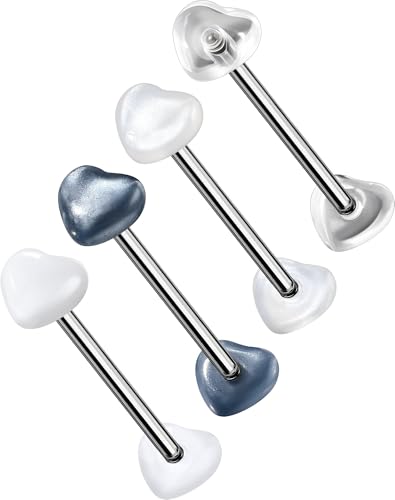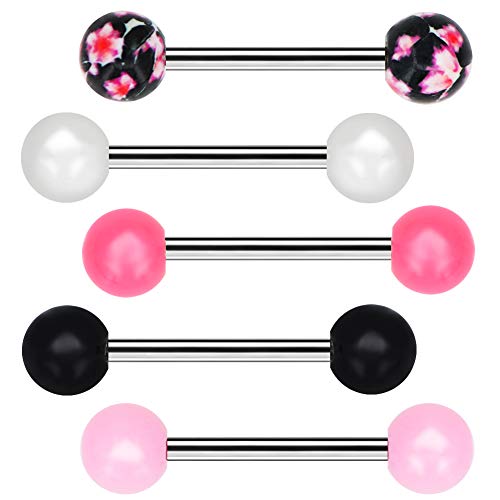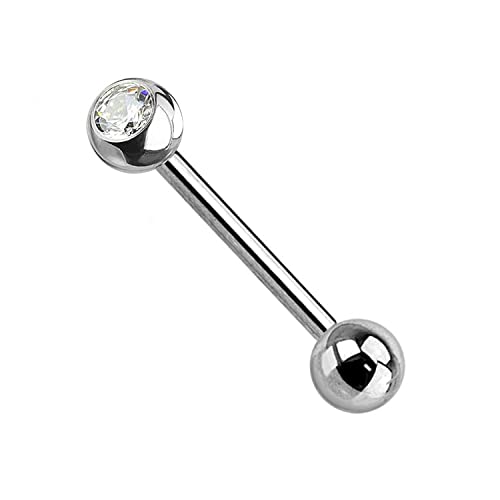
Introduction to Tongue Piercings
Tongue piercings have a rich history that spans various cultures and time periods. Historically, these piercings can be traced back to ancient civilizations, where they were often seen as rites of passage or symbols of status. In many indigenous cultures, tongue piercings held spiritual significance, believed to enhance communication with deities or ancestors. The modern resurgence in tongue piercings, particularly in Western cultures, has largely been driven by trends in body modification and personal expression.
Today, many individuals choose to get a tongue piercing for a multitude of reasons. Aesthetic appeal is a primary motivation; the visual impact of a piercing can accentuate one’s individuality and style. Furthermore, tongue piercing can serve as a form of self-expression, allowing wearers to showcase their personality. Some individuals may also be drawn to the sensation that comes with the piercing, claiming it can enhance oral experiences, thereby providing potential health benefits in terms of improved oral health through increased saliva production.
As for the various types of tongue piercings, the most common is the standard midline piercing located centrally on the tongue, typically using a straight barbell. However, there are numerous variations, including the snake eyes, which are positioned on the sides of the tongue, and the venom piercing, which consists of two piercings placed symmetrically on either side. Each type brings its own unique aesthetic and potential healing considerations. Understanding these options creates a foundational knowledge for anyone considering this form of body art, paving the way for further exploration into the pros and cons associated with tongue piercings.
Pros of Getting a Tongue Piercing
Obtaining a tongue piercing comes with a myriad of advantages that many individuals find appealing. Firstly, the aesthetic appeal of a tongue piercing cannot be overstated. This form of body modification offers a unique visual element that can enhance a person’s overall appearance. The glint of jewelry in the mouth often captures attention and can serve as a distinctive statement about one’s style.
Furthermore, tongue piercings provide a means of personal expression, allowing wearers to exhibit their individuality. They can choose from a variety of jewelry styles, materials, and colors, making it easy to adapt and change accessories to align with their personal tastes or fashion trends. This flexibility encourages creativity and offers a fun way to customize one’s look, whether opting for classic silver or vibrant gemstones.
Another advantage of having a tongue piercing is the confidence boost it can provide. Many individuals report feeling more empowered and self-assured after undergoing the procedure. This sense of confidence often translates into social interactions, where a tongue piercing can serve as an icebreaker or conversation starter. It invites questions and discussions, allowing wearers to connect with others on a more personal level.
Additionally, some people experience sensory enhancements post-piercing, such as heightened taste sensation. The presence of a piercing can make the experience of eating and drinking more enjoyable, adding to the overall allure of this body modification. Overall, the potential benefits of a tongue piercing encompass aesthetic enhancement, personal expression, increased confidence, and tactile enjoyment, making it an appealing choice for many seeking to express their identity.
Cons and Risks of Tongue Piercings
While tongue piercings are often seen as a fashionable form of self-expression, it is essential to consider the potential drawbacks and risks associated with the procedure. One of the primary concerns is the pain experienced during the piercing process itself. Many individuals report varying degrees of discomfort, which can be exacerbated by the location of the piercing. The tongue, being a sensitive area with numerous nerve endings, may react differently for each person, leading to differing pain thresholds.
Moreover, the risk of infection is significant with any body piercing, including tongue piercings. Improper aftercare or failure to follow hygiene protocols can introduce bacteria into the wound, resulting in infections that may require medical intervention. Symptoms of an infection can include persistent redness, swelling, and even pus, emphasizing the importance of carefully adhering to aftercare instructions provided by the piercer.
Swelling after the piercing is a common occurrence and can pose additional challenges. In some cases, swelling may make it difficult to speak clearly, eat comfortably, or maintain proper oral hygiene. This can be particularly troublesome for those who rely on articulate speech for their professions or daily interactions.
Furthermore, there are long-term effects that may arise from having a tongue piercing. Studies suggest potential complications such as dental issues, including chipped teeth or gum recession caused by the constant movement of the jewelry. The presence of jewelry can interfere with oral hygiene routines, leading to plaque buildup and possible cavities.
Ultimately, although a tongue piercing can be a striking accessory, it is vital for individuals to weigh these cons and risks seriously. Engaging in open dialogue with professional piercers and healthcare providers can help in making a fully informed decision regarding body modifications like tongue piercings.
Conclusion: Weighing Your Decision
Making the decision to get a tongue piercing is a significant one, requiring careful consideration of both the pros and the cons highlighted throughout this discussion. On the one hand, tongue piercings can serve as a unique form of self-expression, allowing individuals to showcase their personality and style. Additionally, many enthusiasts find that the experience can enhance their confidence. However, it is essential to remain mindful of potential downsides, such as pain during and after the procedure, the risk of infection, and possible complications related to oral health.
Prior to the commitment, prospective clients should conduct thorough research to identify reputable and experienced piercers. An unqualified practitioner may lead to serious health risks, such as improper placement or insufficient hygiene practices. Additionally, understanding the necessary aftercare is crucial. This includes maintaining appropriate oral hygiene to reduce the risk of infection and following any specific guidelines provided by the piercer. Recognizing the required aftercare can significantly influence the overall experience and success of the piercing.
Equally important is considering one’s lifestyle and personal preferences. For instance, individuals who partake in contact sports may find that a tongue piercing poses an additional risk of injury. Furthermore, it is worth contemplating how such a modification may impact one’s professional environment or daily interactions. Body modifications should align with both personal comfort levels and lifestyle choices to ensure satisfaction over time.
Ultimately, the journey of body modification is deeply personal. Therefore, it is essential to weigh all these factors before making a decision regarding a tongue piercing. Thoughtful consideration can lead to a more rewarding and positive experience, allowing individuals to embrace their unique choices in body art.




